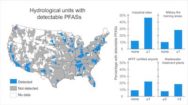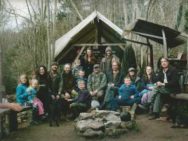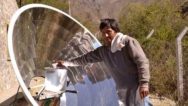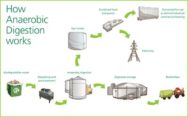
Couple build dream home using recycled materials for only £27,000
Last week, a couple who dreamt of building their own eco family home and living off the land with their children appeared on the British TV show, Grand Designs. With only £500 in the bank, they started the project and didn’t give up.
Simon and Jasemine Dale later managed to save £27,000 after taking a few years out and working. Jasemine ran horticultural courses and sold produce whilst Simon did occasional consultancy work on low impact buildings. They did end up building the three-bedroom home for themselves and their children Elfie and Cosmo, in the sustainable Lammas community Pembrokeshire, UK. In order to move into the community, they first had to prove they could fulfill a strict planning condition and that they could be self-sufficient on their seven-acre plot – or be forced to move out.
They proved that they could though as well as proving that you can build your dream home with recycled materials for a fraction of the cost. Presenter of the Show, Kevin McCloud described it as “the cheapest house ever built in the Western Hemisphere”.
The floors were made of rammed earth, which was polished and hardened with linseed oil and structure of the home was made from timber polls, all grown, felled, prepared and sawn by Simon. But don’t feel sorry for him, he loved every minute of it. He told the show that:
“It’s been hard and I wasn’t asking for an easy life. I like a challenge. To put in a hard day’s graft and be tired at the end of the day. That exhaustion is a nice feeling.”
At the front of the house, they decided to install a greenhouse to preheat air for the house and grown food.
The couple used sheep wool and grass as insulation in the walls and the roof, reclaimed glass for the windows and kitchen fixtures and appliances from car boot sales and eBay.
The Dale’s have proved that a green lifestyle and living off the land can be cheap and still comfortable with their beautiful eco home.









